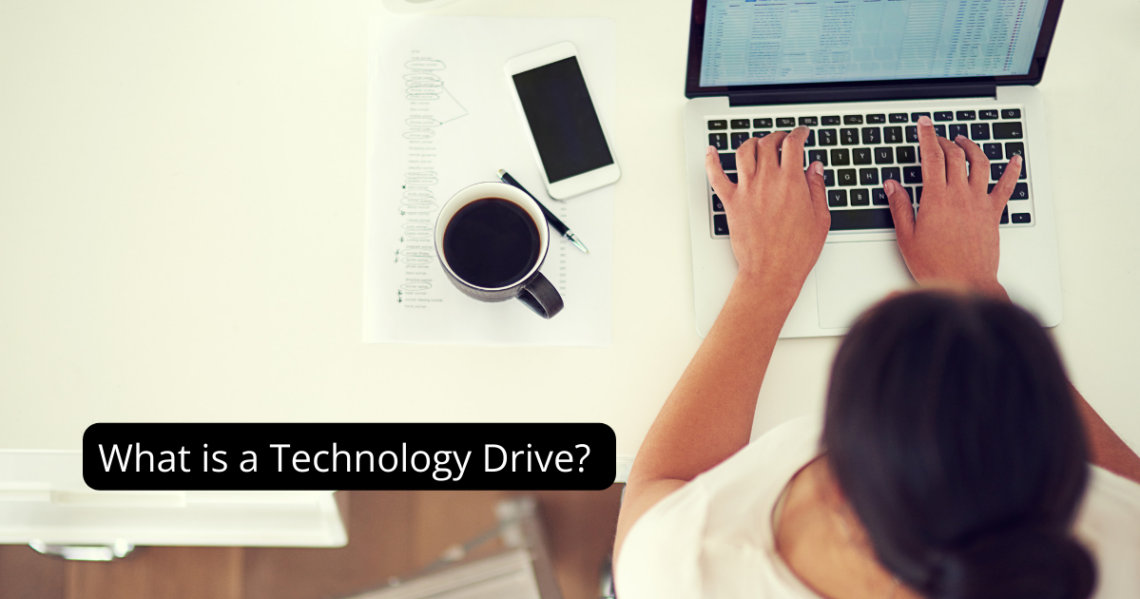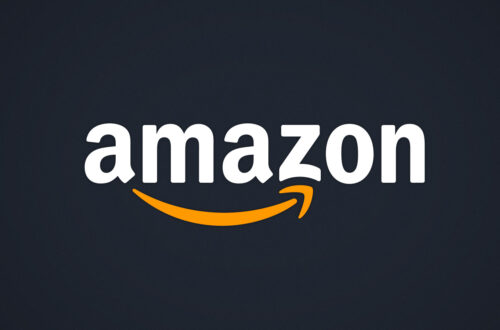
What is a Technology Drive? Best Guide
A technology drive is a focused push toward technological advancement that transforms industries, businesses, and everyday life. It accelerates innovation, enhances efficiency, and creates new opportunities by leveraging cutting-edge developments in science and engineering. From artificial intelligence to automation, technology drives how organizations operate, how people interact, and how economies evolve.
The rapid pace of technological evolution influences everything from business strategy to consumer expectations. Companies that embrace a technology-driven approach gain a competitive edge, while those that resist change risk becoming obsolete. This article explores the concept of a technology drive, its key drivers, different types, and its impact on industries and society.
Related: How Does ColdStart Make AI Videos? Best Guide
The Concept of a Technology Drive
A technology drive refers to the push for innovation driven by continuous advancements in science, engineering, and digital transformation. It does not rely solely on market demand but proactively reshapes industries by introducing new ways of working, producing, and interacting.
Key Drivers Behind Technology Drives
- Scientific Discovery: Breakthrough research leads to new technological applications. Advancements in fields like artificial intelligence, nanotechnology, and quantum computing fuel continuous progress.
- Market Competition: Businesses invest in technology to stay ahead, increase efficiency, and differentiate themselves from competitors.
- Consumer Demand: As technology becomes more integrated into daily life, users expect faster, smarter, and more efficient solutions.
- Regulatory and Government Policies: Governments encourage digital transformation through incentives, regulations, and research funding. Initiatives in smart cities, renewable energy, and digital infrastructure drive technological adoption.
- Global Challenges: Issues such as climate change, public health, and cybersecurity threats push innovation to create sustainable, secure, and scalable solutions.
A technology drive is not limited to a single industry or sector. It influences everything from healthcare and finance to education and manufacturing, shaping the way organizations and individuals navigate the modern world.
Types of Technology Drives
Different types of technology drives impact various industries and aspects of life. Each category represents a specific technological focus that drives innovation and transformation.
- Innovation-Driven Technology: AI, automation, and blockchain revolutionizing industries by enhancing efficiency and decision-making.
- Data & Storage Technology: Cloud computing, solid-state drives (SSDs), and big data analytics enabling faster, more secure, and scalable data management.
- Automation & Robotics Drive: Self-driving cars, robotic manufacturing, and process automation improving productivity and reducing reliance on manual labor.
- Sustainability & Green Technology: Renewable energy, electric vehicles, and eco-friendly materials contributing to a more sustainable future.
- Digital Transformation Drive: The rise of remote work, cloud-based collaboration, and digital payments reshaping business operations and communication.
- Cybersecurity & Privacy Drive: Advanced encryption, zero-trust security, and AI-driven threat detection ensuring digital safety in an increasingly connected world.
How Technology Drives Impact Industries?
Technology drives are transforming industries at an incredible pace, introducing new ways of working, increasing efficiency, and improving user experiences. Businesses and organizations that adopt technology-driven strategies are gaining significant advantages, while those that fail to adapt risk falling behind.
How Different Industries Are Benefiting from Technology Drives:
- Business & Economy:
- AI-driven automation reduces operational costs and improves productivity.
- Cloud computing allows teams to collaborate seamlessly from anywhere.
- Healthcare:
- Telemedicine makes medical consultations more accessible, reducing the need for in-person visits.
- AI-powered diagnostics help detect diseases earlier, improving treatment outcomes.
- Wearable health tech tracks vital signs and encourages preventive healthcare.
- Education:
- E-learning platforms offer flexible and personalized learning experiences.
- AI tutors adapt to individual learning styles, providing targeted support.
- Virtual and augmented reality create immersive classroom experiences.
- Manufacturing & Industry 4.0:
- Robotics and IoT streamline production processes, improving efficiency and precision.
- 3D printing speeds up product development and reduces material waste.
- Digital Marketing & E-Commerce:
- AI-driven recommendations personalize online shopping experiences.
- SEO tools and automation help businesses improve visibility and increase sales.
Every industry is experiencing the impact of technology drives in different ways, making it essential for businesses and professionals to stay informed and adaptable.
Benefits of a Technology-Driven Approach
A technology-driven mindset helps businesses and individuals stay competitive in an increasingly digital world. Whether it’s improving efficiency, reducing costs, or creating better customer experiences, leveraging technology is key to success.
Key Benefits:
- Enhanced Efficiency: Automation reduces manual effort, streamlining workflows and minimizing human error.
- Competitive Advantage: Early adoption of new technologies helps businesses stay ahead of competitors.
- Cost Reduction: AI and automation lower operational expenses by optimizing resources.
- Better Decision-Making: Data analytics provides insights that lead to smarter business strategies.
- Improved Customer Experience: AI-driven personalization enhances user engagement and satisfaction.
- Scalability: Cloud computing and digital tools make it easier for businesses to grow and expand.
Organizations that embrace technology-driven strategies gain a stronger position in the market and can adapt more easily to changing trends.
Challenges & Risks of Relying on a Technology Drive
While the benefits of a technology-driven approach are significant, there are also challenges that businesses and individuals must consider:
- High Initial Costs – Implementing advanced technology requires a significant investment.
- Cybersecurity Risks – Increased digitalization makes businesses more vulnerable to data breaches and cyber threats.
- Skills Gap – Employees must continuously learn new skills to keep up with evolving technology.
- Market Uncertainty – Not all innovations succeed, and some technologies may not align with consumer needs.
- Ethical Concerns – Issues related to AI, surveillance, and automation raise questions about privacy and security.
Future Trends in Technology Drives
Technology continues to evolve rapidly, shaping the way businesses operate and how people interact with the world. The future of technology drives will be influenced by several major trends that promise to transform industries, enhance efficiency, and address global challenges.
Key Trends Shaping the Future:
- Artificial Intelligence (AI) & Machine Learning: AI is becoming more advanced, improving automation, decision-making, and personalization in various industries, from healthcare to finance. AI-driven systems will continue to refine operations, reducing human intervention while increasing accuracy and efficiency.
- 5G & Beyond: The expansion of 5G networks will provide faster and more reliable internet connectivity, enabling innovations in smart cities, self-driving cars, and the Internet of Things (IoT). Higher-speed networks will also enhance remote work, entertainment, and real-time data processing.
- Quantum Computing: This emerging technology has the potential to revolutionize problem-solving in areas such as encryption, logistics, and medical research. Unlike traditional computers, quantum computing can process massive amounts of data at unprecedented speeds, opening new possibilities in scientific discovery and cybersecurity.
- Blockchain & Decentralized Systems: Beyond cryptocurrency, blockchain technology is reshaping industries by offering secure, transparent, and decentralized solutions for transactions, contracts, and data management. Businesses are exploring blockchain for supply chain security, fraud prevention, and identity verification.
- Sustainable Tech Solutions: With growing concerns about climate change, technology is shifting toward sustainability. Green innovations such as biodegradable materials, energy-efficient computing, and carbon-neutral initiatives are becoming a priority for companies aiming to reduce their environmental footprint.
Conclusion
Technology drives are at the core of modern progress, influencing industries, economies, and daily life. Businesses and individuals that adopt a technology-driven mindset are better positioned to stay competitive, innovate faster, and meet evolving market demands.
While challenges such as cybersecurity risks, high costs, and ethical concerns exist, the benefits of embracing technology far outweigh the risks. Those who proactively adapt to technological advancements will have a significant advantage in the digital era.
As the future unfolds, technology will continue to reshape the world. Understanding and leveraging technology drives will be crucial for success—making now the best time to embrace innovation and stay ahead of the curve.
FAQs
Q. What is the meaning of technological driver?
A technological driver is a factor that pushes innovation forward, such as scientific discoveries, market demands, or competition.
Q. What is a technology-driven company?
A technology-driven company prioritizes innovation and relies on advanced technology for growth and competitive advantage (e.g., Tesla, Google).
Q. What is a driver gear in technology?
A driver gear is the gear that initiates motion in a system, transferring power to a driven gear to control speed and direction.
Q. What is the difference between tech-driven and tech-enabled?
- Tech-Driven: Technology is the core of the business (e.g., AI companies).
- Tech-Enabled: Technology enhances an existing business model (e.g., retail using e-commerce).
Q. How to calculate MA in technology?
Mechanical Advantage (MA) is calculated as:
- For force-based systems:
MA = Output Force / Input Force - For gear systems:
MA = Driven Gear Teeth / Driver Gear Teeth





